Adapting Romeo and Juliet
Director Peter Romano shares his thoughts on the play, young audiences, and adapting Shakespeare.
What drew you to Romeo and Juliet as Apocalyptic's inaugural school tour?
Romeo and Juliet dramatizes an experience of love that is very accessible to our students and does so through characters who are not much older than they are. There is also an alluring immediacy to the plot - we watch in real time as the characters fall in love, learn to trust each other, make mistakes, make even bigger mistakes and stand up for themselves. The language Shakespeare gives these two young people contains some of the deepest expressions of love conceived in the last four hundred years. The lengths that Juliet and Romeo will go to for each other is as inspiring as it is beautiful. And yet, coupled with the tragic love story is a very very bawdy comedy, making this play a wonderful choice to bring to young people.
Why take the show into schools as opposed to inviting them to a theater venue?
Bringing this production into schools challenges students to see the spaces they interact with daily in a new way. I want to transform their relationship to their classroom, cafeteria or gym for 90 minutes, hopefully teaching them what is possible when making theatre. By limiting our own resources to tell the story, we demonstrate for students how much is possible with the resources they already have access to. My question to our cast is this: can we begin this theatrical event as actors and, through our collective commitment to inhabiting this story, lure our audiences into believing that everything they see is absolutely real? Can we accomplish all of this with just a few actors, some costumes and music?
What were you looking for when you assembled your cast and creative team?
I look for the same qualities each time I assemble a team. It is paramount that they possess a very big heart and rich sense of humor. I look for the joy they have in their work and their willingness and ability to share that joy. I like working with artists who bring a breadth of experience into the room with them along with strong hunches, tenacious curiosity, a willingness to play and snacks. Lots of snacks.
When and where does your production take place?
I like to tell the folks involved that this “takes place” here and now because it does in fact happen before our eyes. So many of the major events take place on stage and in real time, so it is a chance for us to cast the space in the production, leaning into the physical setting that those events takes place in. And to support this idea, our incredible costume designer Dina El-Aziz has been creating a visual language of clothing that could exist in any of the spaces we’ll be in.
What was your first experience with Shakespeare, and how does that inform your vision for Romeo and Juliet?
When I was 10, I played a very shy Peter Quince (A Midsummer Night’s Dream), a character who was also directing a tragic love story. The cleverness and resourcefulness that Quince and his crew use to make theatre always stuck with me; we are applying the same principles to this process. Hopefully this production goes a bit better than Pyramus and Thisbe does for Quince.. but from what I hear from the students, our play is preferred.
What do you hope young audiences will gain from this experience?
I hope our young audiences gain the courage to experience whatever love finds its way into their lives. I hope they realize their power to love whomever they choose no matter how folks around them may feel.
What do you hope adult audiences will gain from this experience?
I hope that our adult audiences are reminded why it’s important to support the young people in their lives in meaningful ways. Perhaps in ways that those young people truly need, rather than what the adults perceive they need.
Tickets are on sale for the public performance of Romeo and Juliet on April 5th! Click here to purchase.


